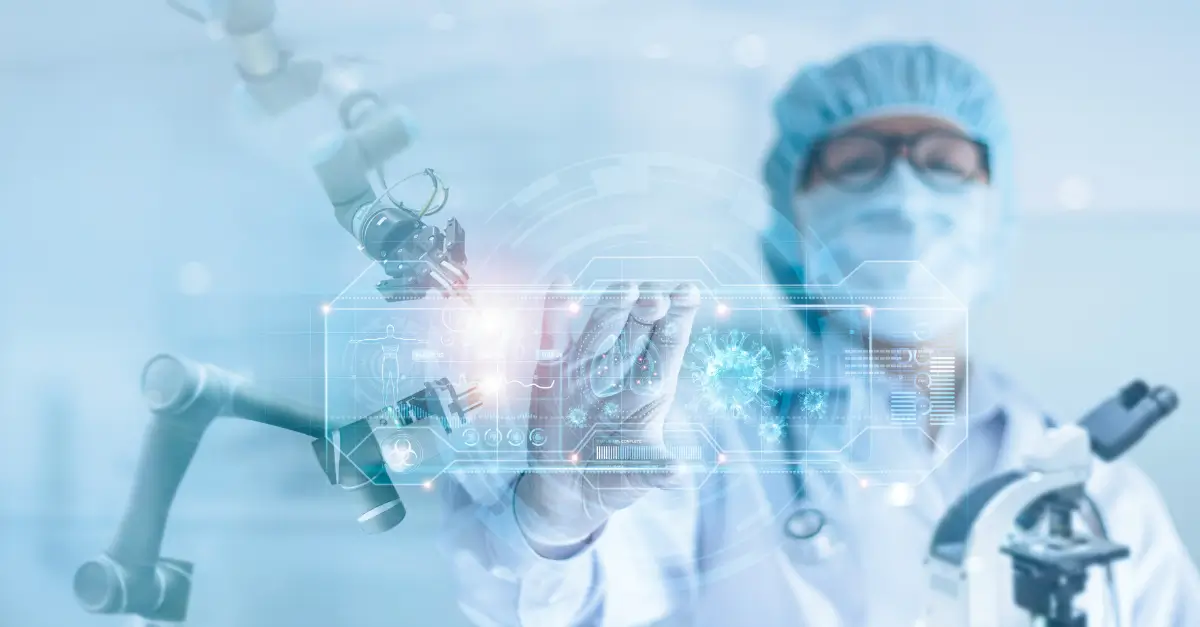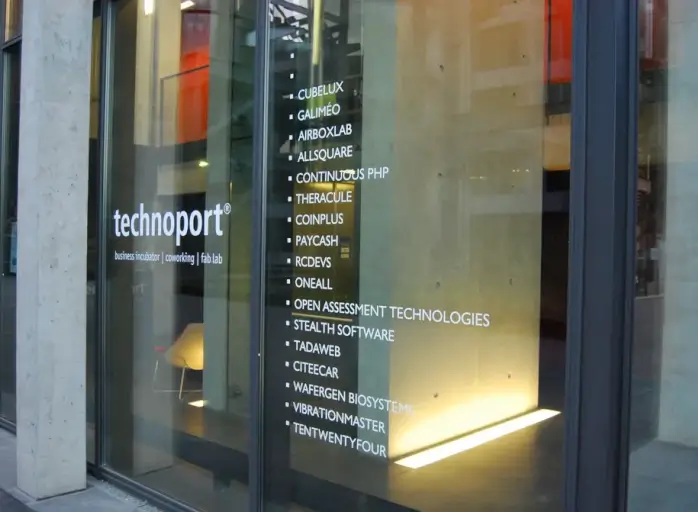

European Health Data Space: Overcoming barriers
The European Health Data Space promises to reshape healthcare by overcoming current barriers, unlocking new opportunities for data-driven healthtech innovation.
 Lena Mårtensson
Lena Mårtensson
The aging population and the rising burden of chronic disease are putting health systems across Europe and the world under pressure. EIT Health brings together over 100 member organisations from the worlds of business, research, education and healthcare delivery to find answers to these challenges and promote new innovation in healthcare.
We spoke to Hayley Every, Deputy Director at EIT Health Belgium-Netherlands, about the main challenges for healthtech innovation in Europe and the opportunities created through the forthcoming implementation of the European Health Data Space (EHDS).
What innovation gaps in European healthcare is EIT Health currently addressing?
 Hayley Every: One of our current focuses is on new models for delivering healthcare. We are exploring innovative ways to define and implement models that are more efficient, improve access to healthcare, and place patients at the centre of their healthcare journey. These concepts are aligned with value-based healthcare, where the success is measured in terms of patient outcomes and the focus is on prevention rather than on treatment.
Hayley Every: One of our current focuses is on new models for delivering healthcare. We are exploring innovative ways to define and implement models that are more efficient, improve access to healthcare, and place patients at the centre of their healthcare journey. These concepts are aligned with value-based healthcare, where the success is measured in terms of patient outcomes and the focus is on prevention rather than on treatment.
We are also working on the digital transformation of healthcare to improve the efficiency and effectiveness of medical services. We support the development of, and access to, digital medical devices, and the implementation of the EHDS by exploring the secondary use of data.
With these gaps in mind, what challenges do you see for healthcare innovation in Europe right now?
The regulatory landscape is a major challenge, particularly when it comes to medical devices. The regulatory process is time-consuming and slowed down further by the lack of notified bodies charged with assessing the conformity of products before they can be launched in the market.
The AI Act and the EHDS are setting some boundaries, but open up new opportunities for harmonisation, interoperability and access to data, which can stimulate innovation.
Hayley Every, EIT Health
Healthcare is also very fragmented across Europe. Even if a solution is validated in one country, it cannot automatically be transferred to another. As a result, many startups opt to enter the US market first where there is just one process to enter the healthcare system. Funding is another challenge, in particular for scaleups that sometimes choose to expand in the US or Asia instead.
What opportunities do you see for healthtech innovators?
Although the regulatory pathways are a hindrance, they can also present an opportunity. The AI Act – the EU’s legal framework on artificial intelligence – and the EHDS are setting some boundaries, but open up new opportunities for harmonisation, interoperability and access to data, which can stimulate innovation. I believe Europe is open to improving the situation and fully benefiting from the diversity we have, particularly in healthcare.
What do you see as the main impact of the European Health Data Space?
The EHDS will simplify the access to data for both primary and secondary use, and this is one of the biggest advantages. As many European nations are relatively small, it is insufficient to develop technology for just one country. A wider perspective is needed. I believe the EHDS will provide access to more datasets and information, helping to validate new technologies. Hopefully, it will also speed up the implementation.
The EHDS will simplify the access to data for both primary and secondary use, and this is one of the biggest advantages.
Hayley Every, EIT Health
We should aim to develop healthcare solutions that can help as many people as possible. Having streamlined access to data from all over Europe through the EHDS will be a gamechanger.
The EHDS will come into force in 2029 and will open new opportunities for cooperation and innovation. Companies have started preparing, and there is growing interest in working with young companies and setting up more cross-border collaborations than in the past. Hopefully, this will help deliver the best healthcare possible for European citizens.







